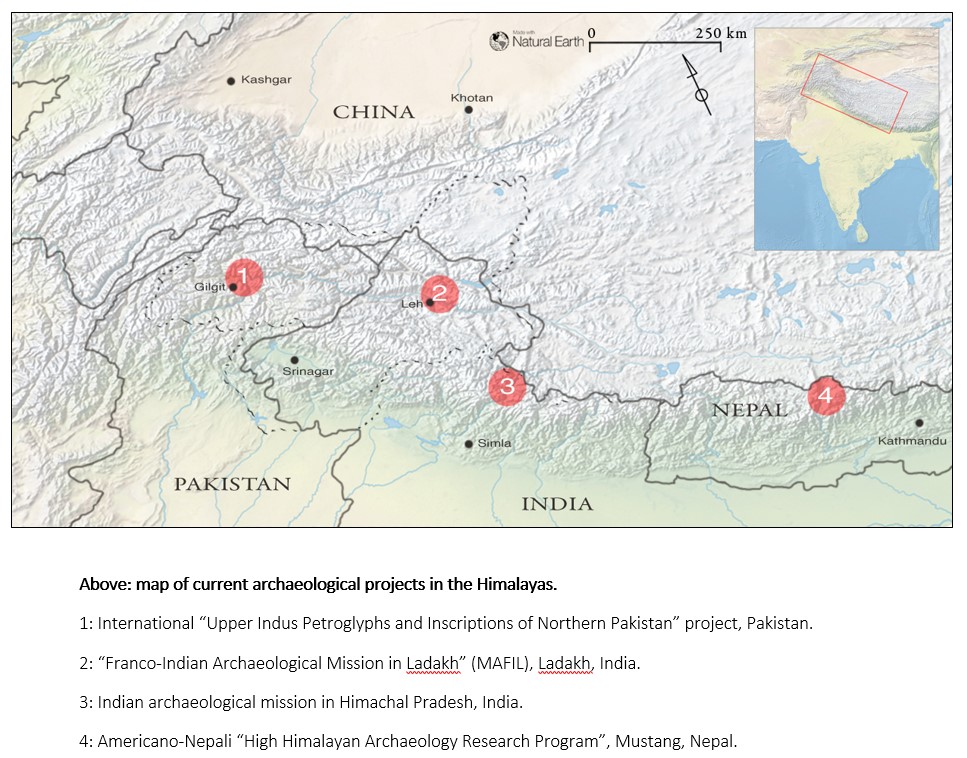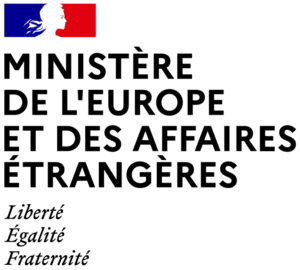For the first time at international level, a research team is dedicated to the archaeology of the Himalayas, along the lines of existing teams for other regions of the world, such as the archaeology of the Americas or Central Asia.
The vision of the Himalayas as a barrier needs to be deconstructed because, contrary to popular belief, their geographical position makes them a crossroads. As a result, the Himalayas are an ideal place to study the long-term cultural interactions between the Indian, Central Asian and Tibetan worlds.
The Himalayas were also home to ancient local cultures about which we still know almost nothing: archaeological research there only began in the 1990s. After the initial work carried out by individual researchers, three archaeological missions have been conducting extensive surveys and excavations over the last ten years in Ladakh (Franco-Indian mission), Kinnaur (Indian mission) and Mustang (American-Nepalese mission). The directors of these missions have recently initiated a dialogue. The international project to document petroglyphs and rock inscriptions in northern Pakistan is also associated with this initiative.
This team, made up of around ten international researchers, is exploring two research themes using an overall methodology that will involve analysing the material culture and networks of the past based on a selection of archaeological sites. The first theme deals with the long-term settlement of the Himalayas and the second with the establishment and development of Buddhism in the region up to the beginning of the 2nd millennium AD.
The funding obtained for this project has enabled the creation of research contracts, thus providing a favourable framework for a new generation of scientists (doctoral and post-doctoral students) who are already involved in the emerging field of Himalayan archaeology.






